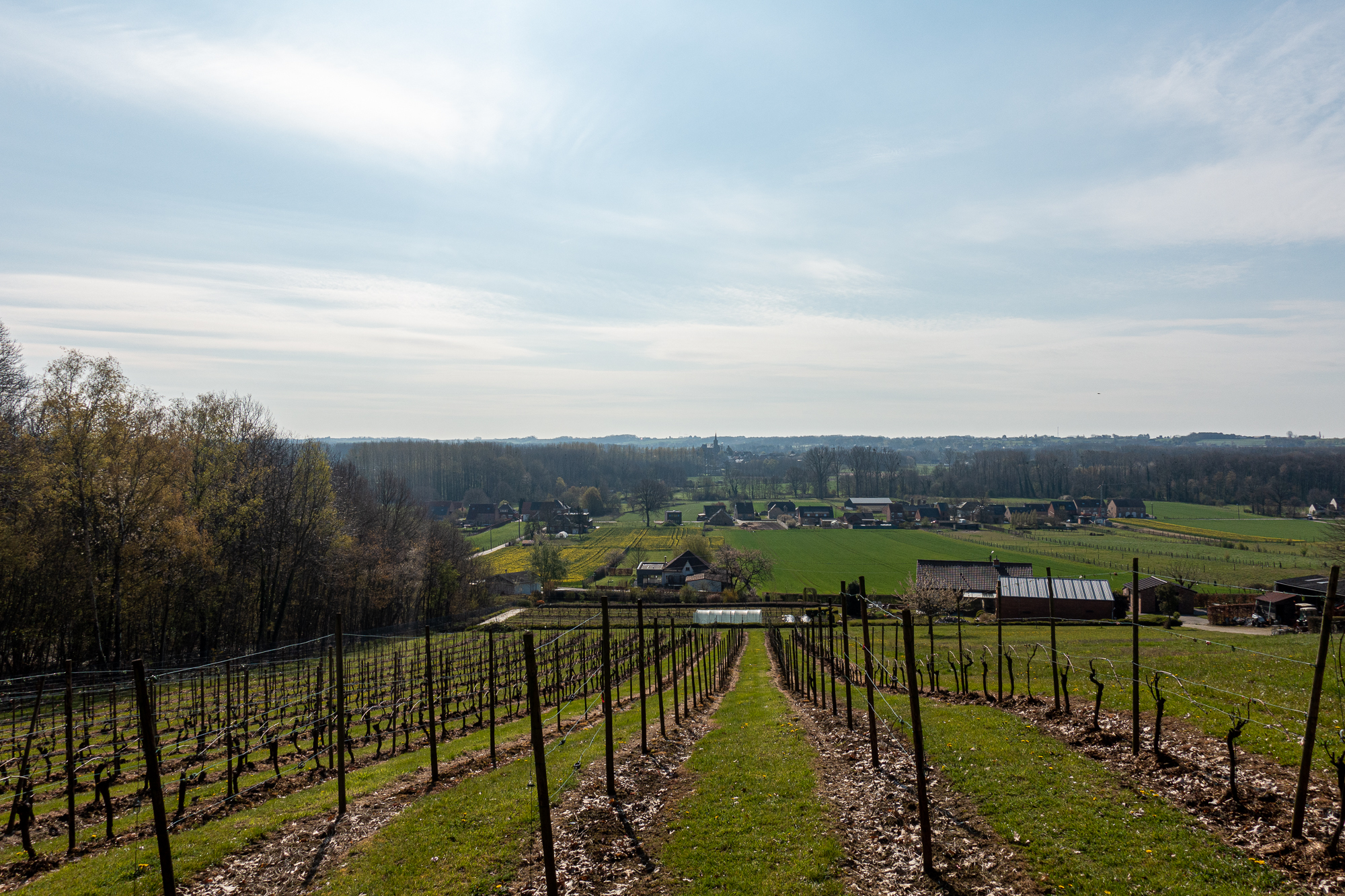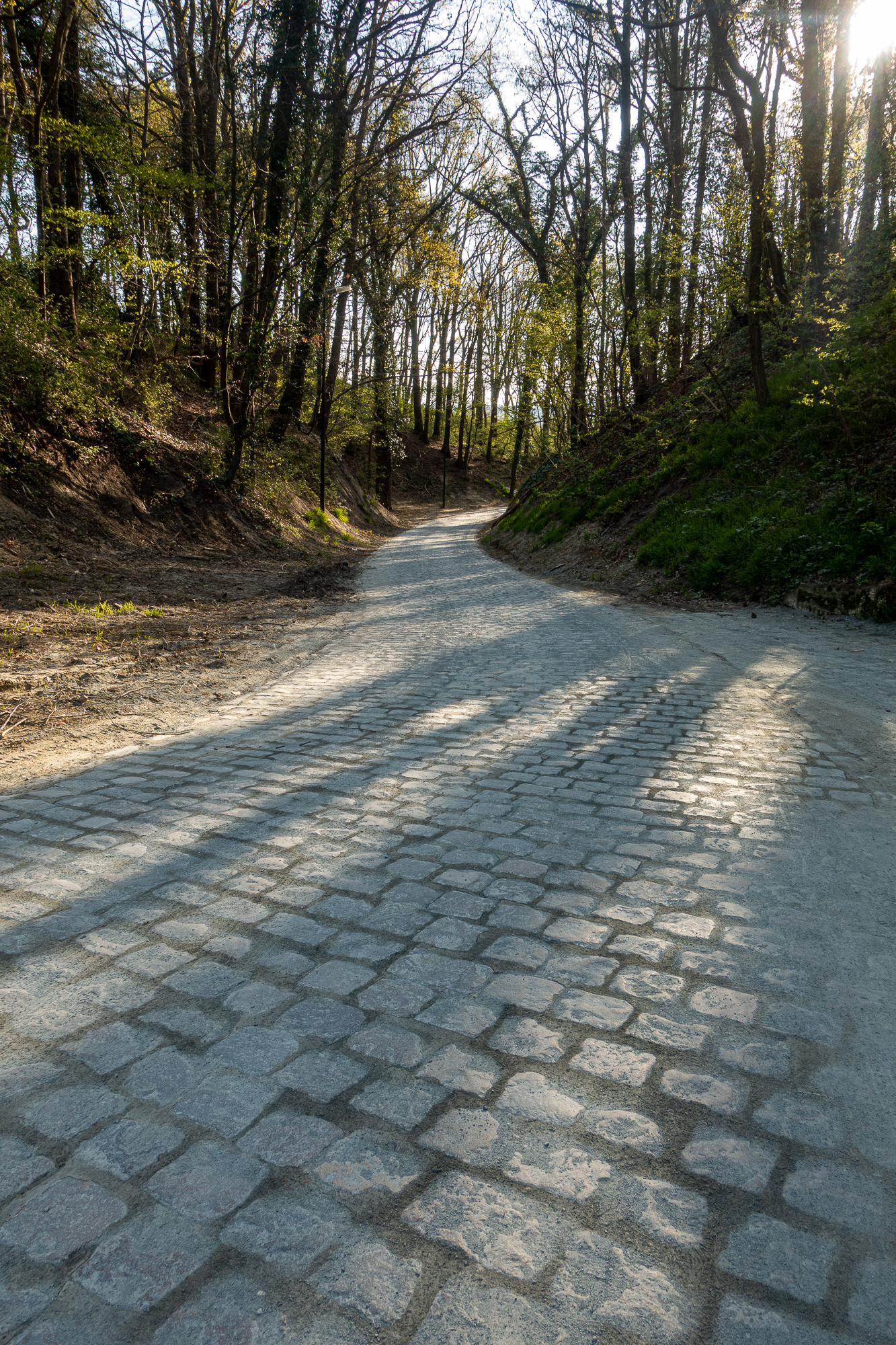“Places to Ride” is a set of articles through which we want to showcase locations around the world which you shouldn’t visit without a bike. Far from the main cycling hotspots, we try to let our readers know about places that are particularly suitable for cycling despite not being the ones most of us think of at first.
On previous occasions, some of our friends were the ones showing us their backyard and the best routes around their area. After showing what regions like northern Gran Canaria and Vallès have to offer, this time our editor Javi is introducing you to his new place of residence.
Flemish Brabant: by Javi Angulo
Most pro riders have at some point taken part in amateur races in Belgium, and a lot of the most prestigious events of the professional cycling calendar also take place here. Whether as a participant or spectator, there is always a possibility to be involved in the sport, as Flanders hosts every week loads of races of all types of levels. This is one of the reasons why this region is considered the mecca for traditional cycling.
While the West-Flanders region draws the most attention because of its well-known cobbled hills, riders in Flemish Brabant can also brag about the roughness of the terrain, with the possibility of following a hilly route if you head to the southern part of the province, or a pan-flat easy ride if you are in the north. Flemish Brabant is one of the provinces of Flanders, one of the three regions in Belgium. It surrounds the Brussels-Capital region and also touches the French-speaking part of the country, with the Ardennes at riding distance.
Belgium is officially the European country with the highest road density, and I have verified it first-hand. After almost a year here I think I have never done the exact same route twice, and you can know what I mean by taking a look at this map with all the roads ridden so far.
Yes, we cannot choose to ride up a 10 km climb, but not a lot of places have the range of riding possibilities that we enjoy. It is also true that one of the reasons why it has taken me so long to publish a piece about the region where I live is because of the lack of sunny days to generate media content. Photos with cloudy skies would reflect better the real day-to-day in Belgium, but if I want to convince you to come here, I have to force things a bit. The weather is not as bad as one may think, but the relative proximity to the English channel results in strong gusts of wind from time to time.
The cycling infrastructure here is astonishing for someone that comes from a country where the needs of cyclists are barely taken into account. Here people have all what they need to commute to work by bike, with cycling highways that connect the main cities, and bike paths next to almost all roads. On a normal day, these fietspads are packed with kids going to school from the neighboring villages, and any other type of bike user making the most of what the local government invests in.
Legends of cycling have grown in this region and are still promoting the sport in one way or another. Sven Nys is one of the most successful cyclocross riders in history, and his Sven Nys Cycling Center provides young cyclists with easter and summer camps, and continuous training to develop new stars. From there you can start the Sven Nys cycling route, which goes through some of the most stunning viewpoints of the region. In the absence of viewpoints at the top of a mountain, the Flemish Brabant delights you with its green fields and hollow roads.
Starting from Baal, the track leads you through a set of short but steep hills that are perfectly connected to preventing you from resting for too long. The close to 100 km are completely on secondary roads, constantly accelerating after every turn to link the next segment. I would like to highlight the Wijngaardstraat or vineyard street, which captivates me every time I go through this small forest with its changing look depending on the season.
Parts of this route overlap with the Eddy Merckx route, which is a cycling itinerary in honor of the best cyclist of all time. One could start that route in Tielt-Winge, his birthplace and where a statue pays homage to the living legend.
The World Championships finish this year in Leuven, capital of the Flemish Brabant, and since the unveiling of the official route, hundreds of cycling enthusiasts started to recon the track themselves. I can tell you that it will be an exciting race to watch, with some hills that are already present in races through the year, and new additions that will add an additional degree of toughness. One of the most well-known segments of the route is the Smeysberg, a 600 m climb with 100 m at 17,2%. If Eddy Merckx used to climb it, why wouldn’t you do it?
A handful of kilometers from where the Smeysberg is, one can find another steep, and even cobbled hill, named Moskestraat. It was recently resurfaced and the Paris-Roubaix type cobbles were smoothed, which angered the purists that wanted to see how pro riders were capable of tackling it. Bear in mind that there is still a lot of time until September, and some say that the sand that covers the cobbles will be gone by then.
The men and women that claim the triumph in the weekend starting on September 24 will be able to consider themselves as true flandriens, because the route contains everything that defines cycling in Flanders.
Despite my enthusiasm for gravel, I am not able to recommend a particular route yet, so I relied on the expertise of the 666 Gravel collective to provide you with a suggested route for the passionates of the off-road. Also based on the upcoming World Championships, this route offers a unique combination of gravel roads and the final slopes of the race, including the tough climbs in Leuven and the region around Overijse. Gravel is booming everywhere and Flanders is no exception, with more and more events focused on this type of riding.
In addition to the mentioned routes, one can always follow the fietsnetwerk that leads you through secondary roads. This itinerary connects the whole country via a network of roads and nodes, so there is always a way to reach a particular point avoiding the main roads. It links up with the cycling maps of the adjacent provinces of Antwerp, East Flanders, Limburg and Walloon Brabant.
In a few months, the cycling world will put Flemish Brabant in the spotlight, but here I am to tell you in advance that this is a decent place to ride your bike. I will continue discovering new roads, and I hope that my recommendations inspire local riders and persuade others to ride here.















